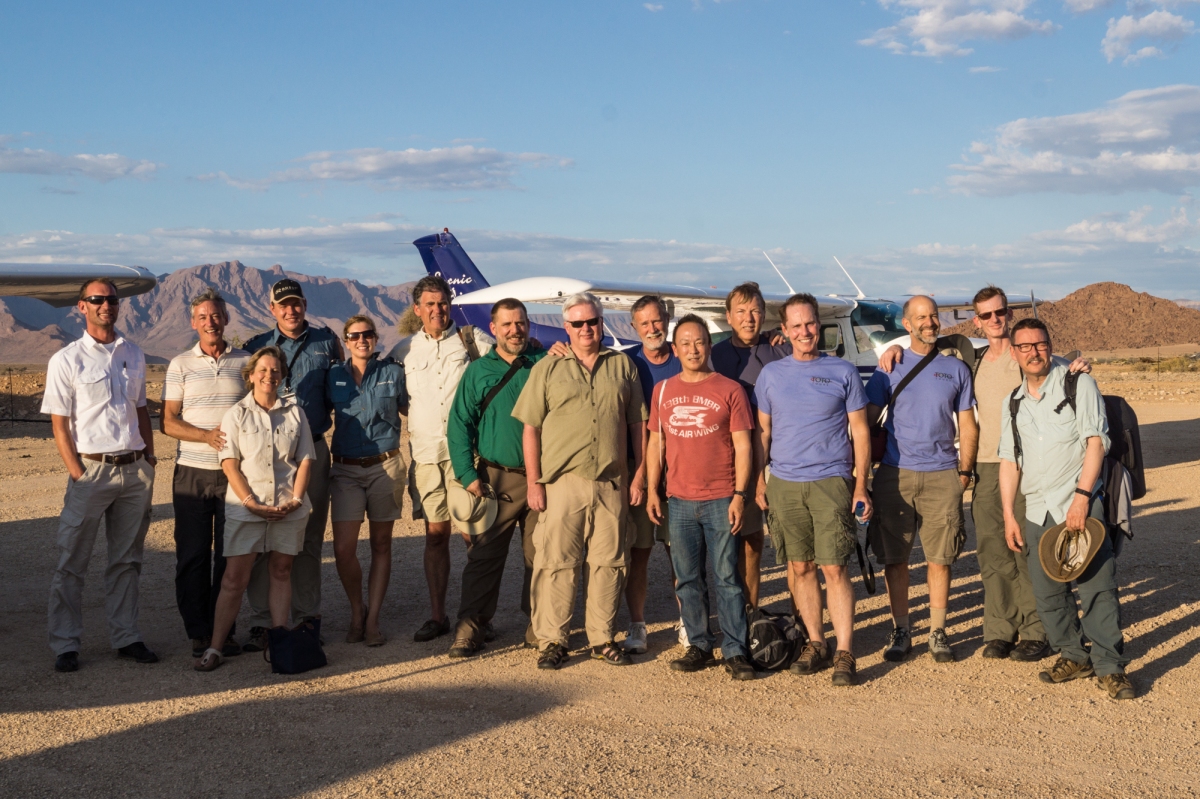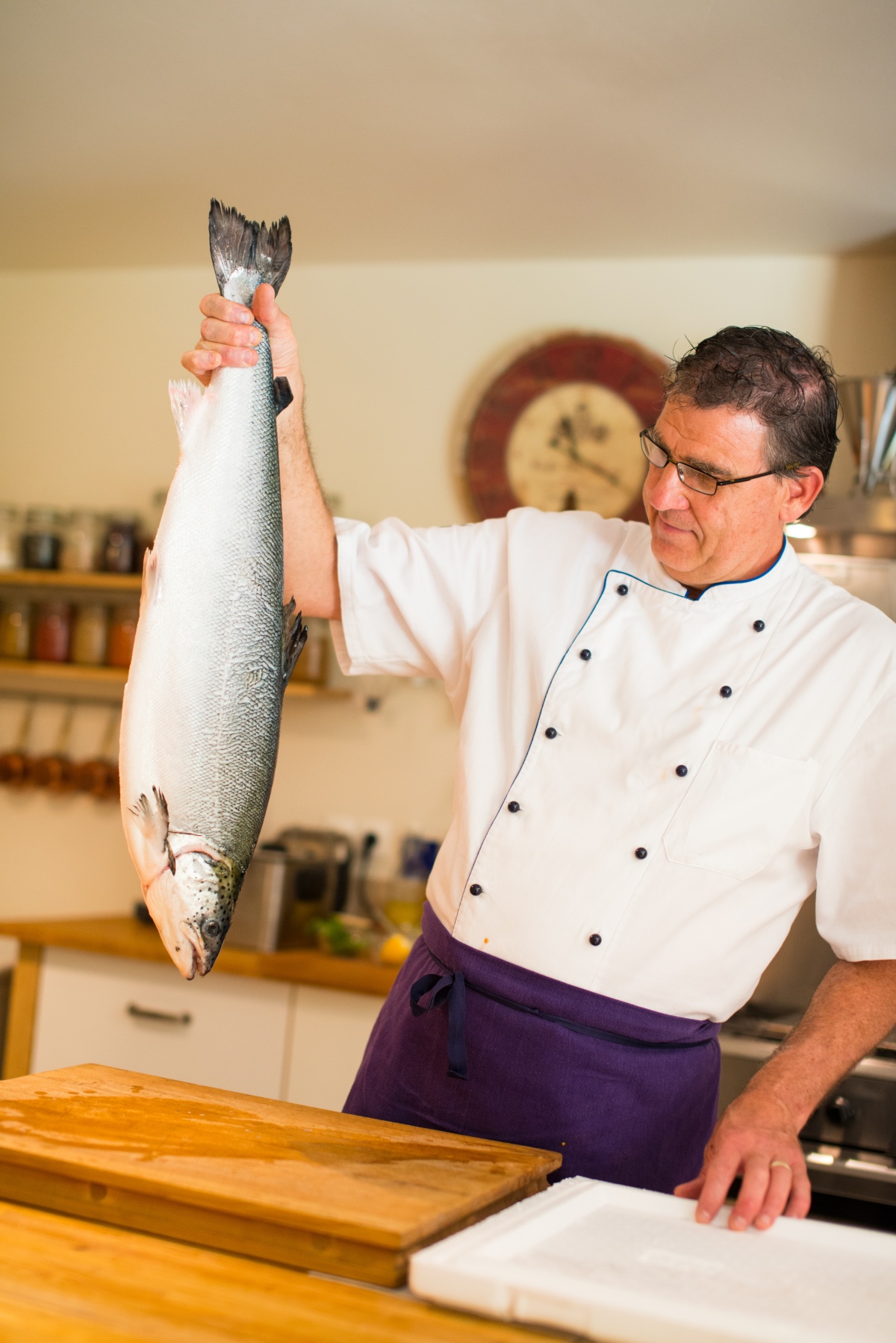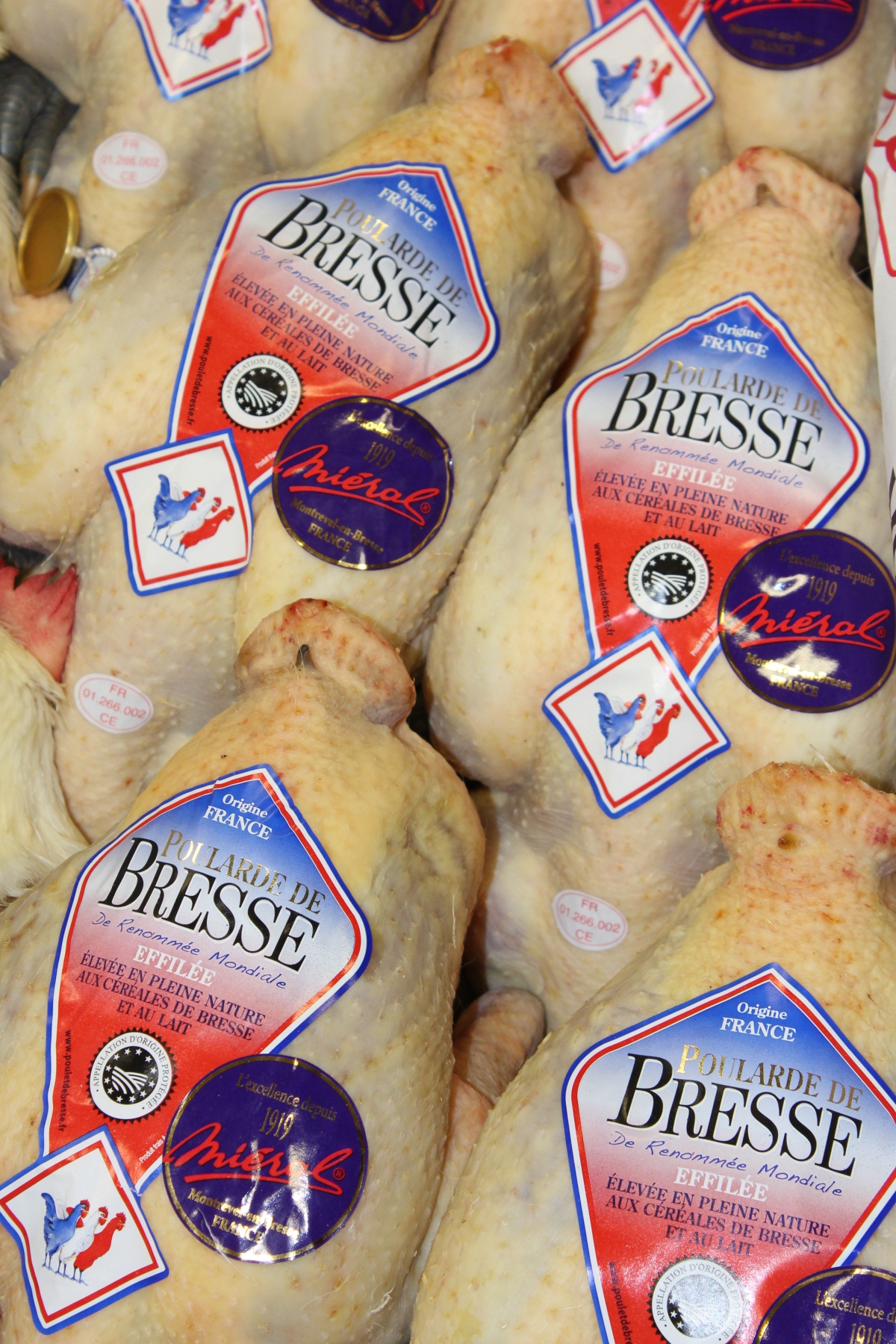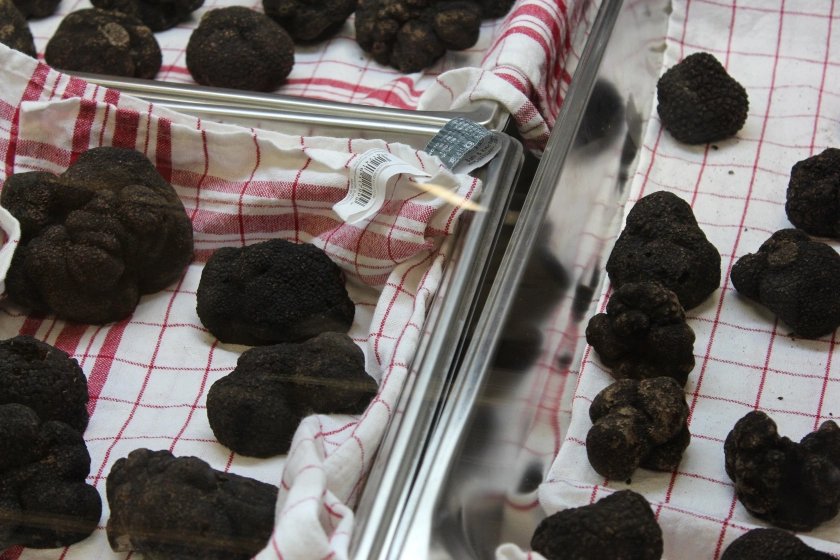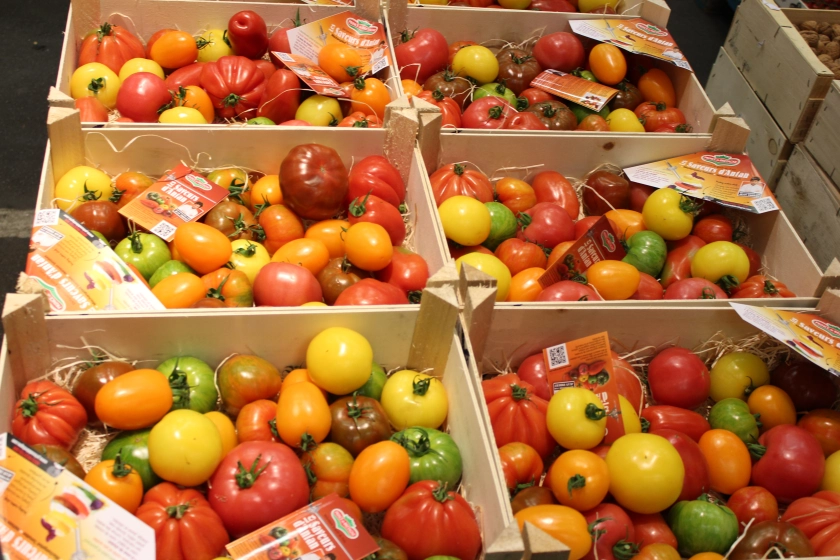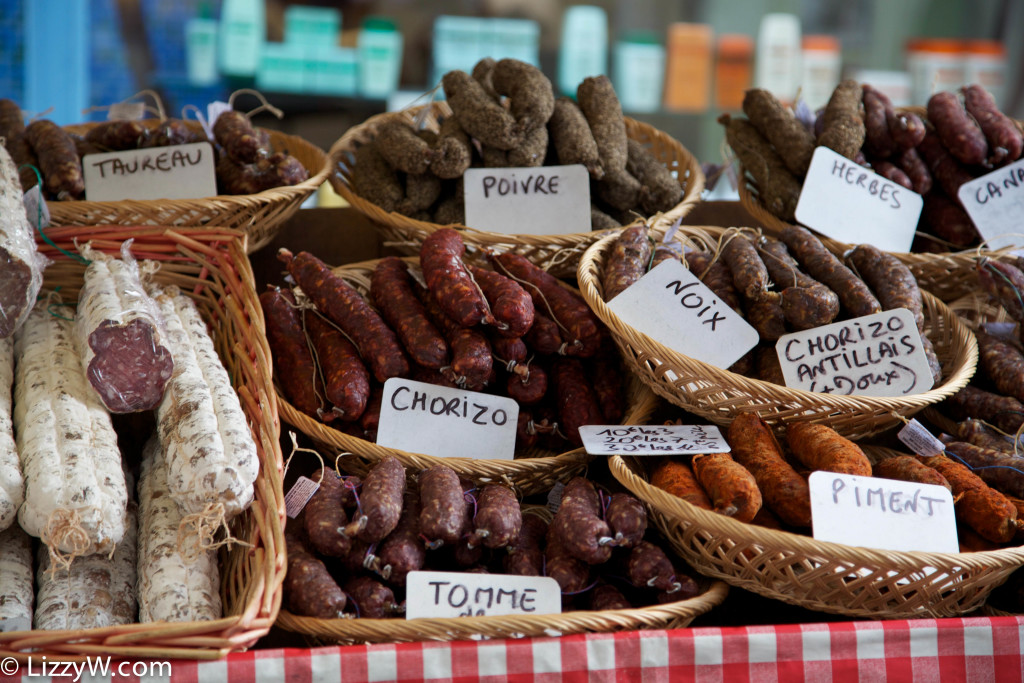Culinary tourism has become a growing trend in the travel industry, exploding to the $150 billion dollars annually. Travel companies are happy to accommodate this new hunger with options ranging from weeklong culinary excursions to daylong cooking classes to city food tours. As a seasoned traveler and foodie, I’ve attended tours of all three varieties across four continents. While most experiences have been positive, I’ve also witnessed the bad side of culinary tourism.
Like any growing trend, there are always a few opportunists waiting to swindle our tourist dollars. Nothing can ruin a vacation more than an experience that doesn’t live up to its cost or expectations. Here are some questions on how to choose a culinary vacation to ask your travel agent or tour operator to make sure you have a tasteful experience:

What’s the instructor’s credentials?
The popularity of culinary tourism has led to a lot of new cooking schools and classes. Many are led by professional chefs. Others aren’t. You want to search for a program led by a professional chef. They have years of experience and can give you a more in-depth culinary experience. They are also better equipped to answer questions beyond the recipe in front of them.
Please don’t be fooled by the recent phenomena of reality TV show contestants using their misguided celebrity status to lead culinary vacations or “chefs” who attended an online program for a cooking certification without ever stepping foot in a kitchen. Neither are professionally trained chefs, but amateur cooks with minimal cooking experience other than what they learned on the show or at home.

Where is the program located?
Yes, the old saying, “Location! Location! Location!” applies to choosing a culinary program, too. Let’s use the example of choosing a French culinary vacation. It might seem logical to choose Paris as it’s France’s most well-traveled city. However, like most large tourist cities, the restaurants and cooking schools design their menus to generic ideas of a cuisine. To truly understand French cuisine you must get off the grid and look towards a region like the Loire Valley.
The Loire Valley is labelled the breadbasket of France for a reason. There’s no region in France that’s considered more French in terms of culture, food, and wine. It’s also one of the best regions in the world in terms of ingredients. It’s home to the finest goat cheeses in the world, France’s second largest truffle region, France’s largest supplier of fresh water fish, La Géline de Touraine chickens, and the largest wine region of France. By choosing an off-the-beaten path program in the Loire Valley, you’ll catch a better glimpse at the true French culinary traditions. It’s more than just a cuisine; it’s a way of life.

From where are they sourcing the ingredients?
Just because the program is in a region rich with agriculture doesn’t necessarily mean the program is utilizing the best ingredients. I attended a school in Tuscany where I opened a package of bland looking chicken breasts direct from the grocery store, bar code and all. The program sourced the cheapest ingredients they could find. Their corner cutting resulted in a flavorless dish. It didn’t even “taste like chicken.” Ask specifically where they program buys their ingredients.
Will the chef have any distractions while leading your class?
Chef’s like to multi-task, often running cooking schools alongside bakeries, catering businesses, restaurants, etc. Those other lines of business can often pull him away from teaching the class you paid to participate in. Or, she’s constantly interrupted by staff members asking questions about tonight’s dinner prep. Your program should be the instructor’s main responsibility for the week.

Ask whether classes are held in a restaurant, home, or teaching kitchen?
The equipment in restaurant kitchens are often vastly different from what you have at home making it difficult to replicate what you learned. On the contrary, home kitchens also might not be suitable for a true hands-on learning experience. Only so many people can gather around one stove. The ideal facility is a learning kitchen with multiple cooking stations.
Will I be gaining hands-on experience?
This may sound like an obvious question, but you’d be surprised how many cooking classes translate to a cooking demonstration. You can watch a cooking demonstration at home on TV. Make sure you get to roll up your sleeves and cook!

How many students are in the class?
Remember, the larger the class, the less individual attention you’ll get. Also, the harder it will be to gather around the instructor’s cooking station. When it comes to a culinary vacation, smaller numbers aren’t a luxury but a necessity. It might also be a good idea to ask how many cooking stations there are versus students in the class.
What will you be cooking?
When we researched our Italian culinary program, I asked each tour operator what recipes we’d be learning. Many were just teaching pizza and handmade spaghetti with marinara sauce. I already have both of those dishes mastered, so I kept looking until I found a program that taught me something new.

What other gourmand related activities are part of the culinary experience?
Much of learning a local cuisine occurs beyond the kitchen. Look for programs that visit farmers markets and food producers. Be sure to ask for specifics. One tour I attended promised a visit to a cheeserie. I was expecting a tour of the production facility. Instead, the itinerary allotted 30 minutes to shop the producer’s store.
Does the tour include the local wine or beer culture?
Food and drink develop together throughout a regions culinary history to enhance and complement each other. Ask if brewery, winery, or distillery visits are included in the agenda. You might also want to inquire about the instructor’s knowledge of local drink.

Where will you be staying?
Accommodations for culinary programs range from five-star hotels to farmhouses to luxury chateaus. Some rooms have private bathrooms and some utilize shared bathrooms. Some programs may switch hotels if multiple regions are covered. Ask for specifics on where you’ll staying and look up online reviews.
I know these are a lot of questions to ask. Many may be covered through your travel agent or tour operator’s marketing materials. If not, be sure to ask. You aren’t being a nuisance. If they aren’t willing to answer your questions, then look elsewhere. As always, read online reviews on sites like TripAdvisor or search for blog posts written by some of my colleagues. Blog reviews often go deeper than online forums permit.

These questions should help ensure that you book a culinary excursion that is best suited for your needs. Eat well, drink well, and travel well! Let me know how it went!
Bryan Richards is a food, travel, and craft beer writer. He has a passion for exploring regional food and drink and enjoys encouraging readers to discover new places and tastes in a way that inspires curiosity and motivation. For more info, please visit The Wandering Gourmand.

